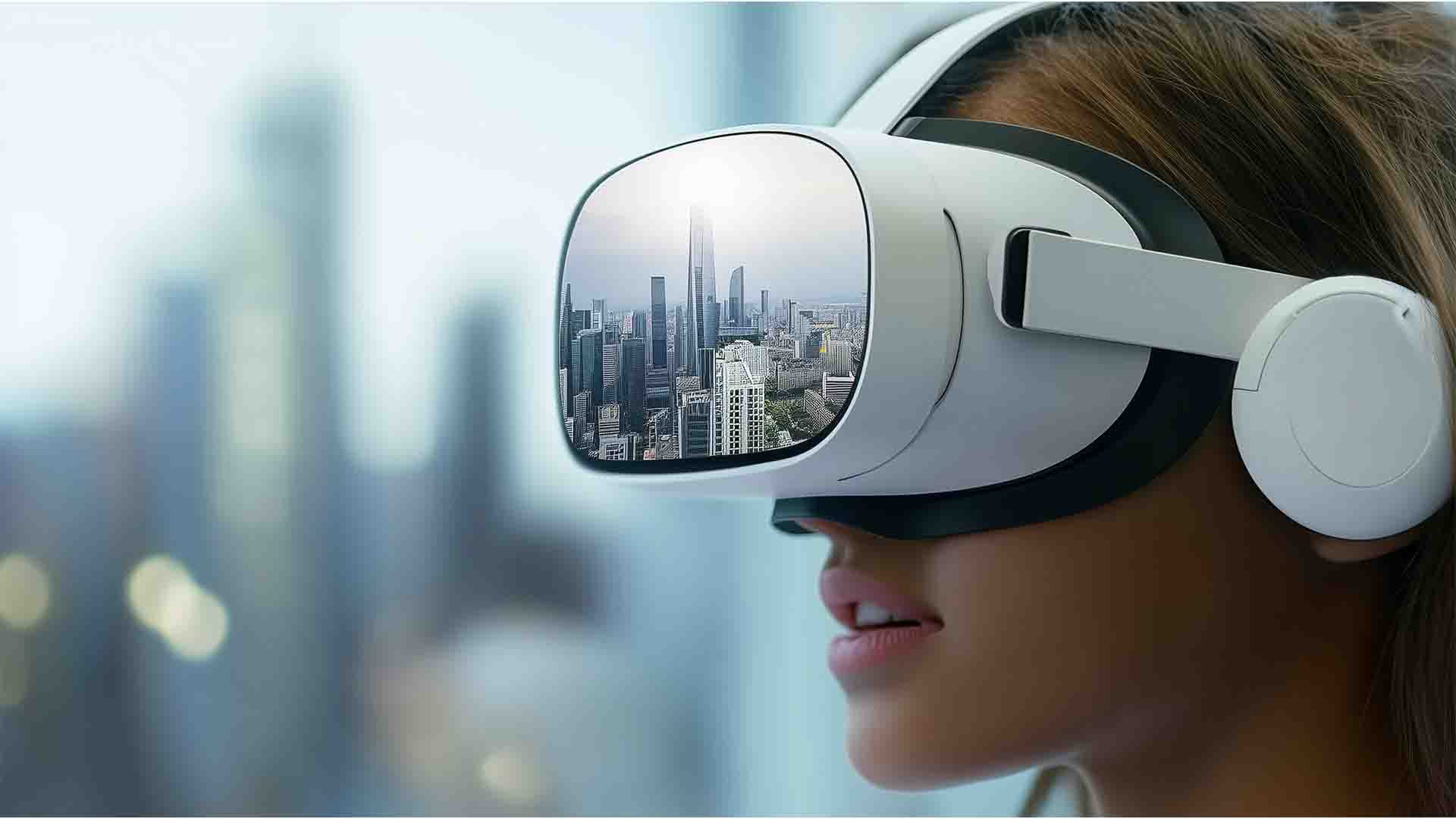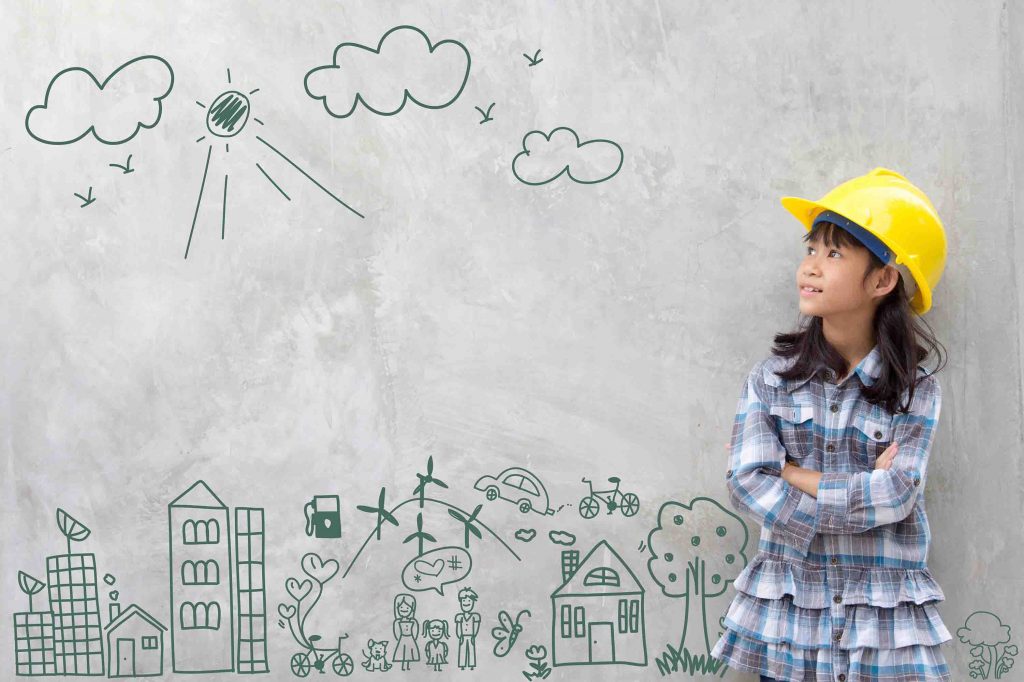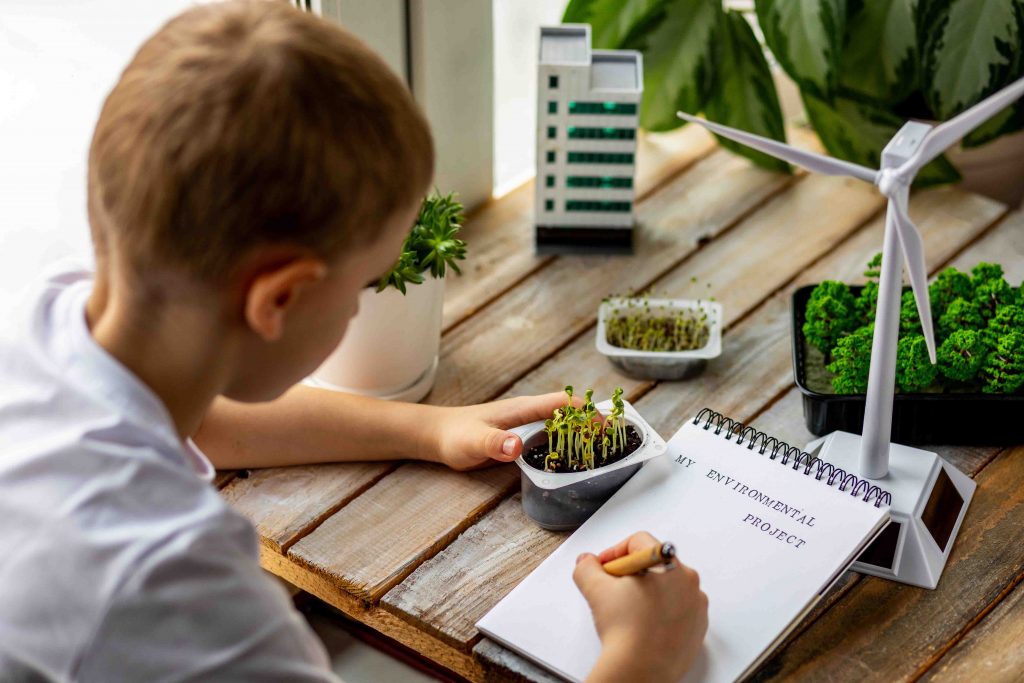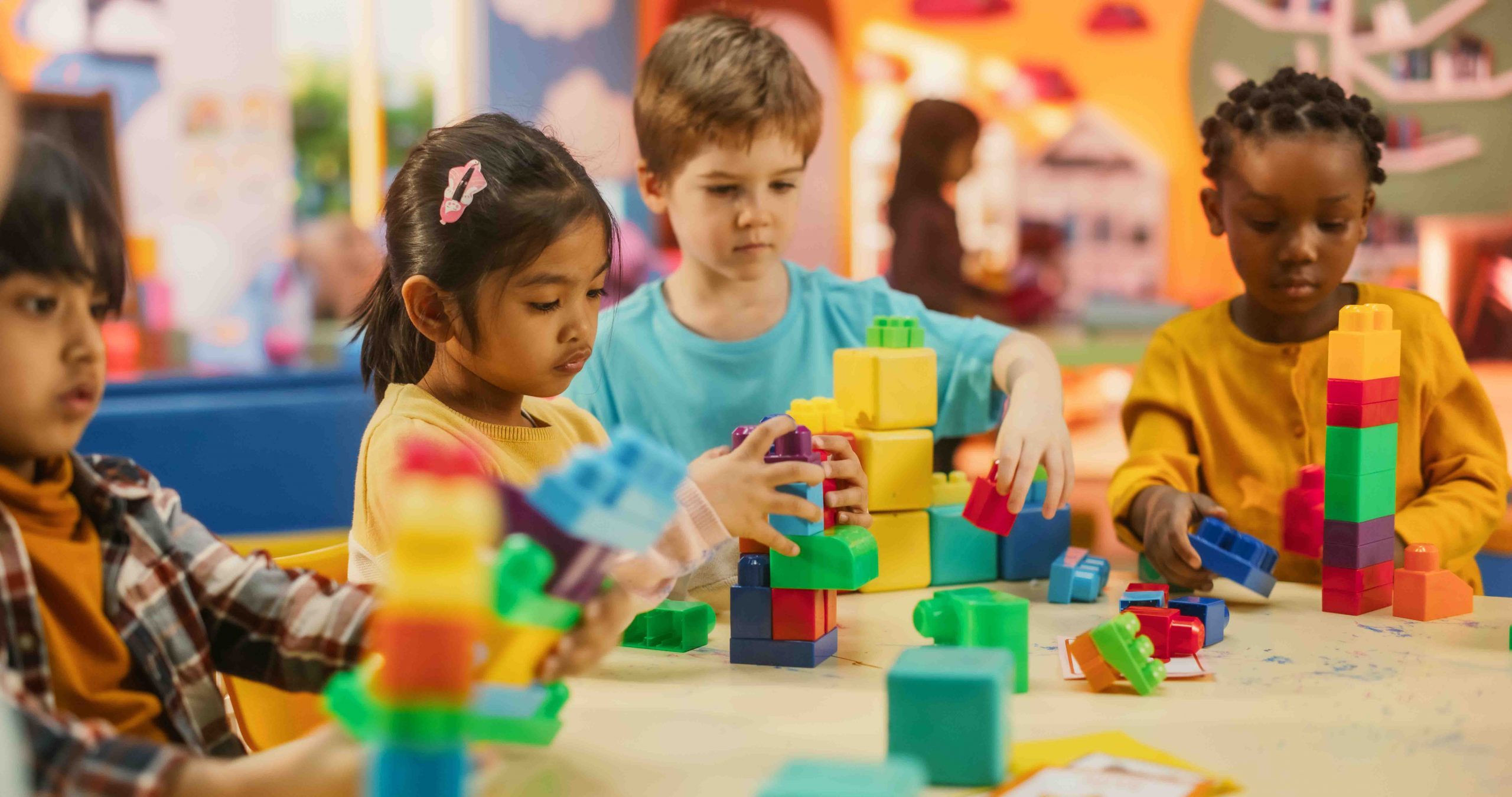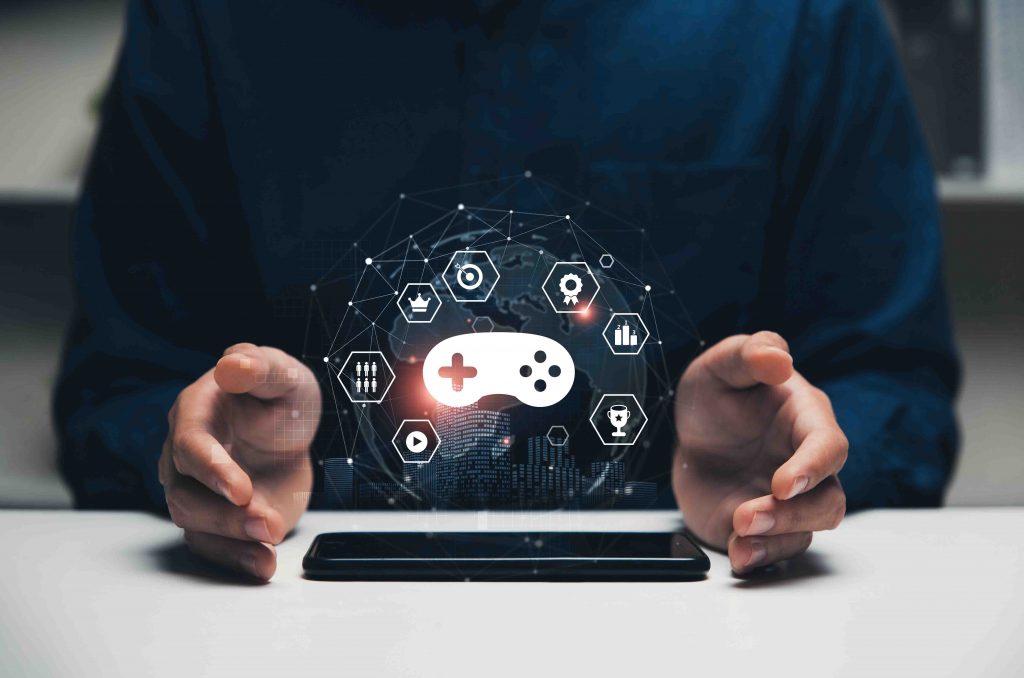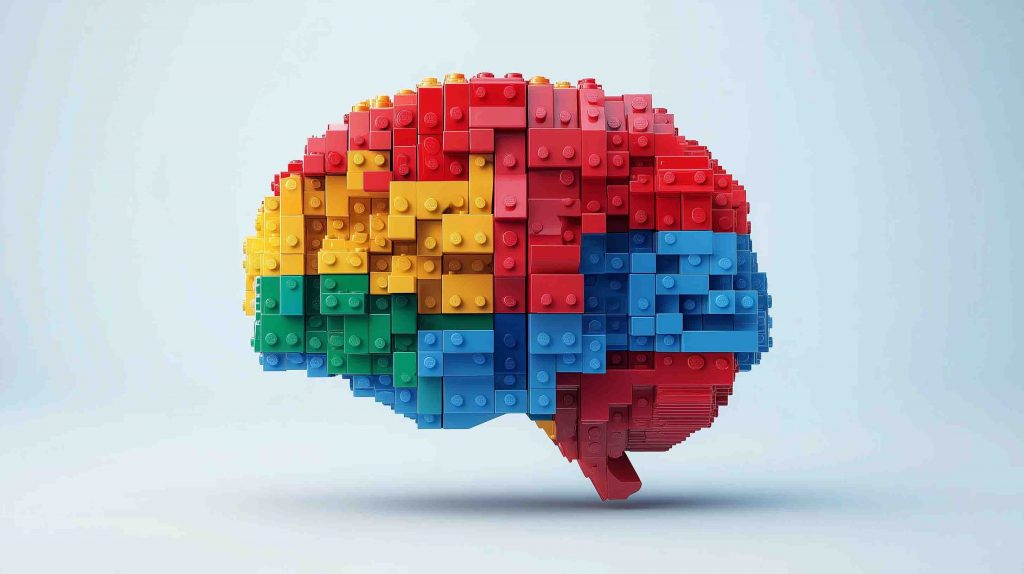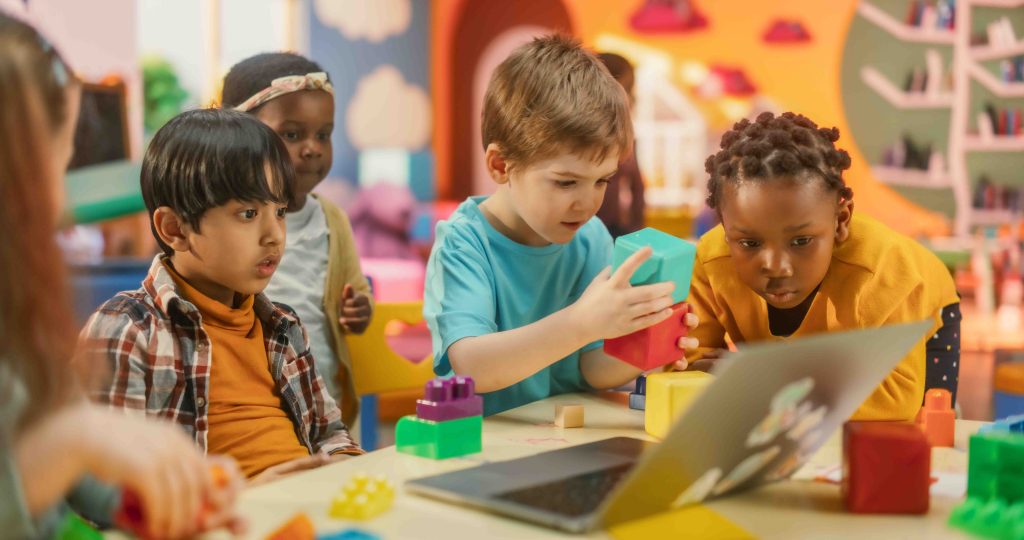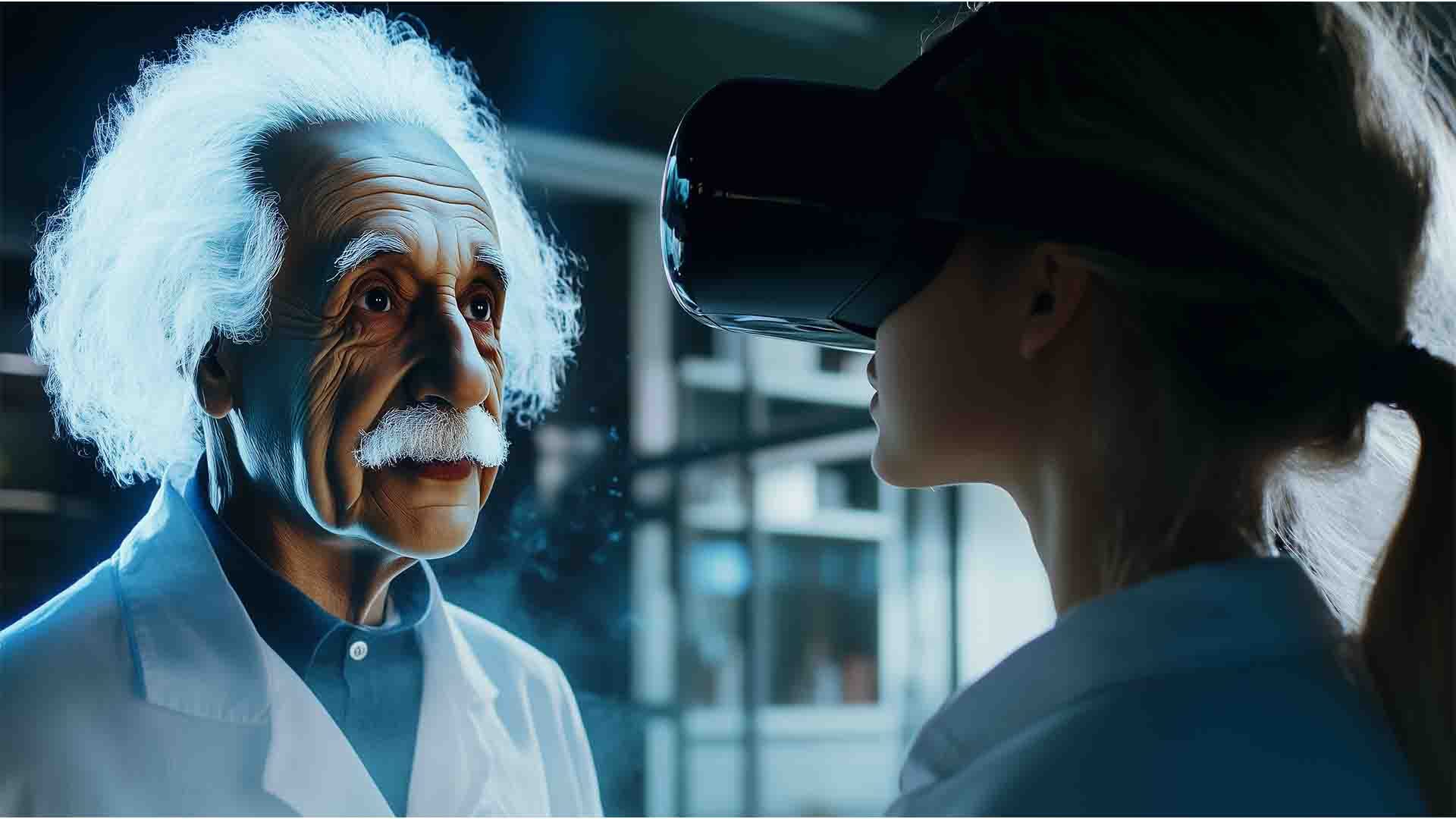Teleport to Work: The Rise of Career Exploration in VR
Because “Take Your Child to Work Day” Just Got an Upgrade
Why watch a video about a career when you can step inside it? Welcome to telepresence—where kids explore future jobs through immersive, guided missions.
“I want to be a nurse when I grow up!”
Eleven-year-old Sophia made this declaration moments after removing a VR headset. She had just spent twenty minutes virtually working alongside nurses in a hospital’s emergency department—assessing patients, collaborating with the healthcare team, making critical care decisions, and experiencing the emotional rewards of helping people during their most vulnerable moments.
This wasn’t a video she watched or a game she played. Through the power of virtual reality and sophisticated telepresence design, Sophia had experienced being a nurse—complete with the challenges, decision points, and profound human connections that define the profession.
Welcome to the new frontier of career exploration, where immersive technology is transforming how children discover and connect with future pathways.
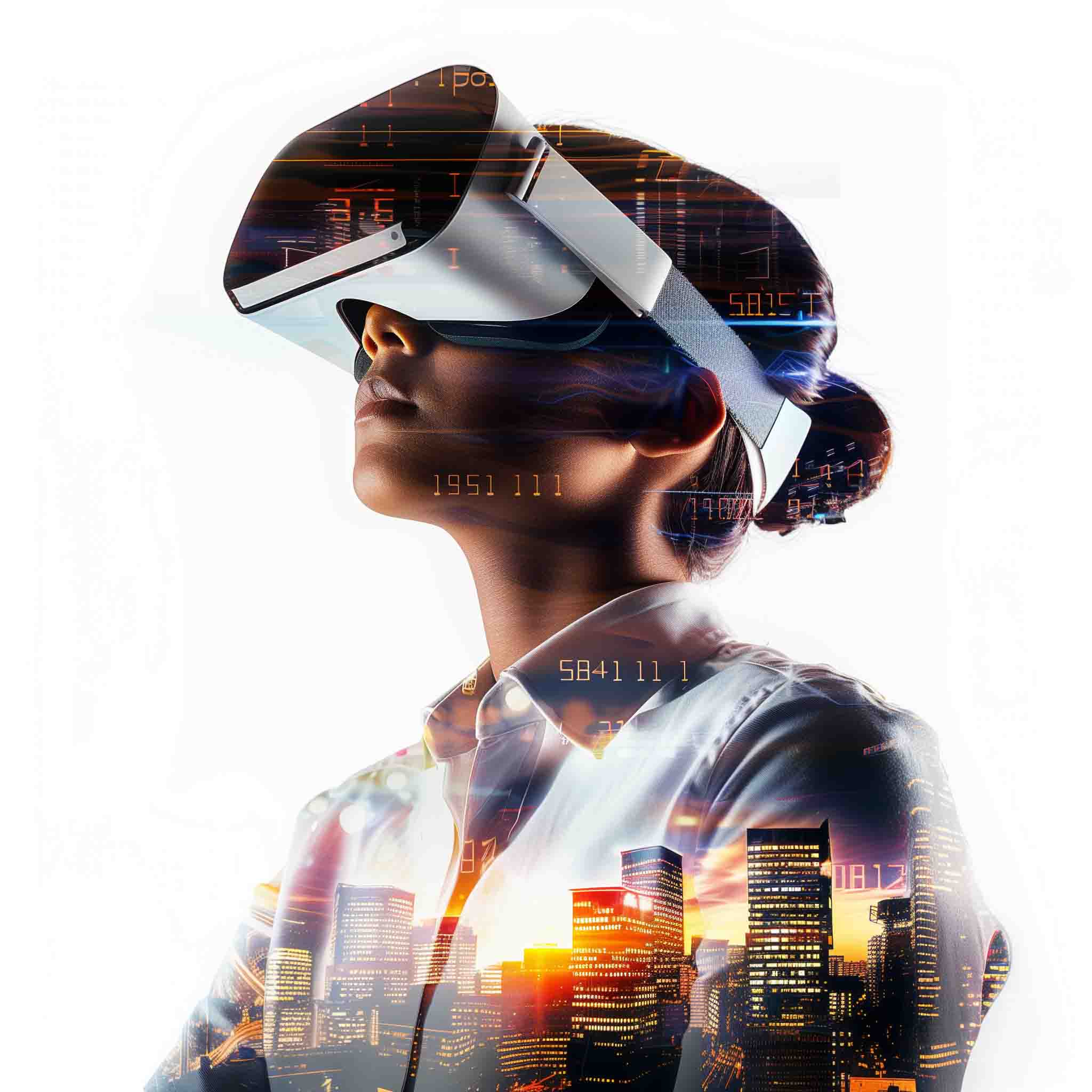
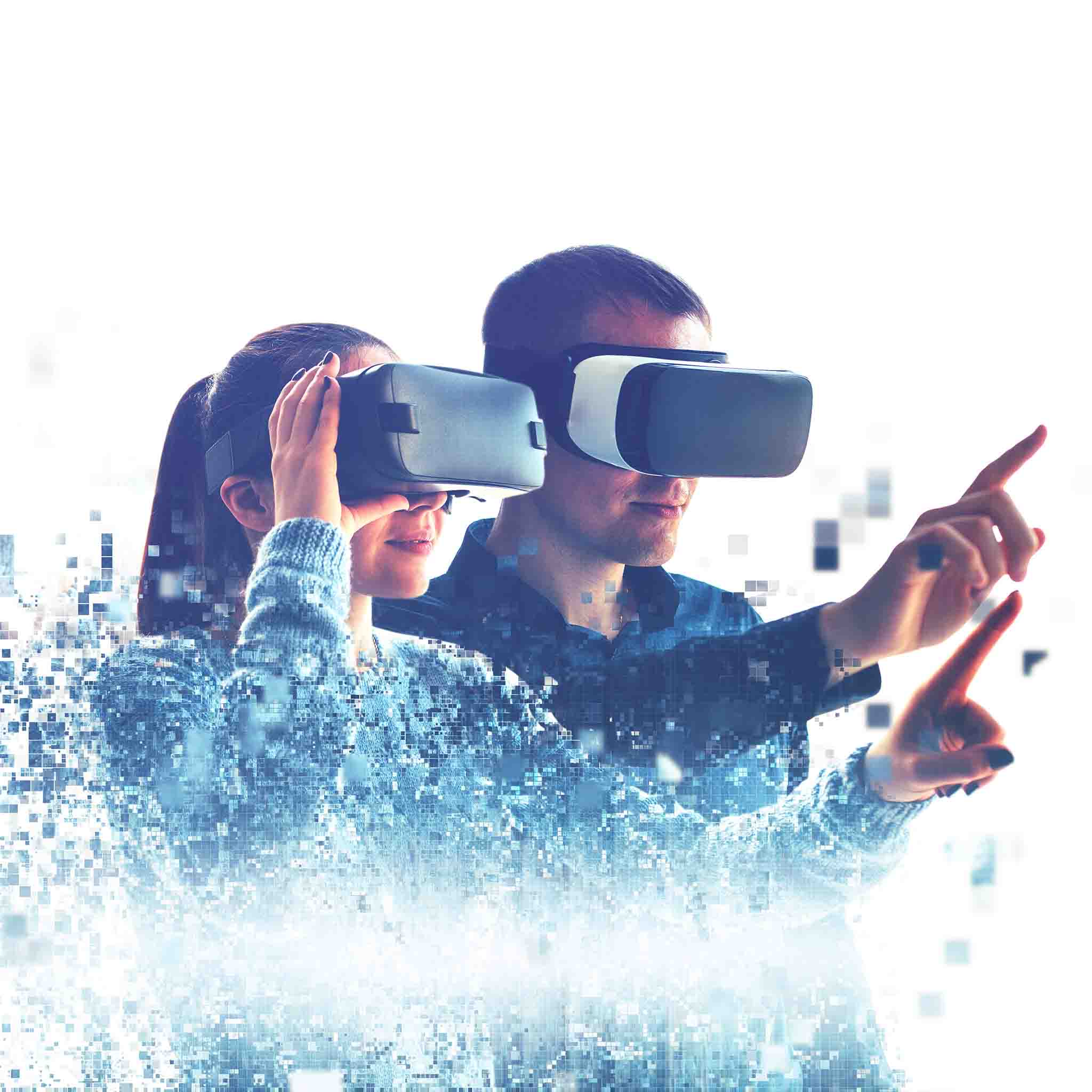
Beyond Imagination: The Science of Telepresence
The power of VR career exploration isn’t just technological—it’s neurological. Researchers have uncovered compelling evidence showing that virtual reality creates distinctive mental and emotional experiences that fundamentally differ from traditional learning approaches.
At the heart of this phenomenon is telepresence—the psychological sensation of “being there” even when physically located elsewhere.
The Neuroscience of “Being There”
Dr. Jeremy Bailenson, founding director of Stanford University’s Virtual Human Interaction Lab, has conducted extensive research on what happens in the brain during immersive VR experiences. His findings reveal that well-designed VR activates neural pathways remarkably similar to those triggered by actual physical experiences.
Using fMRI scanning, Bailenson’s team found that when subjects performed tasks in VR, their brains showed activation patterns in the motor cortex, visual processing centers, and spatial awareness regions that closely mirrored brain activity during real-world experiences of the same tasks.
This neural mirroring explains why VR experiences can create such powerful and lasting impressions—the brain processes them as lived experiences rather than as observed content.
Memory Formation and Embodied Cognition
Cyberpsychology researchers at the University of London have demonstrated that information encountered in high-telepresence VR environments is retained differently than information received through passive media.
Their studies show VR experiences create what cognitive scientists call “episodic memories”—the same type of autobiographical memories we form during real-life events. These memories include contextual, emotional, and sensory details that make them more resilient and retrievable than semantic memories formed through reading or watching videos.
This phenomenon connects to the concept of embodied cognition—the understanding that our thought processes are shaped by our physical experiences. When a child virtually embodies a profession, they engage multiple sensory systems simultaneously, creating neural connections that passive learning simply cannot match.
As Dr. Mel Slater’s groundbreaking research on virtual embodiment shows, when we inhabit avatars in VR, our brains begin to process the virtual body as our own—a phenomenon called “body transfer illusion.” This creates a psychological bridge that makes career exploration in VR fundamentally different from simply learning about careers.
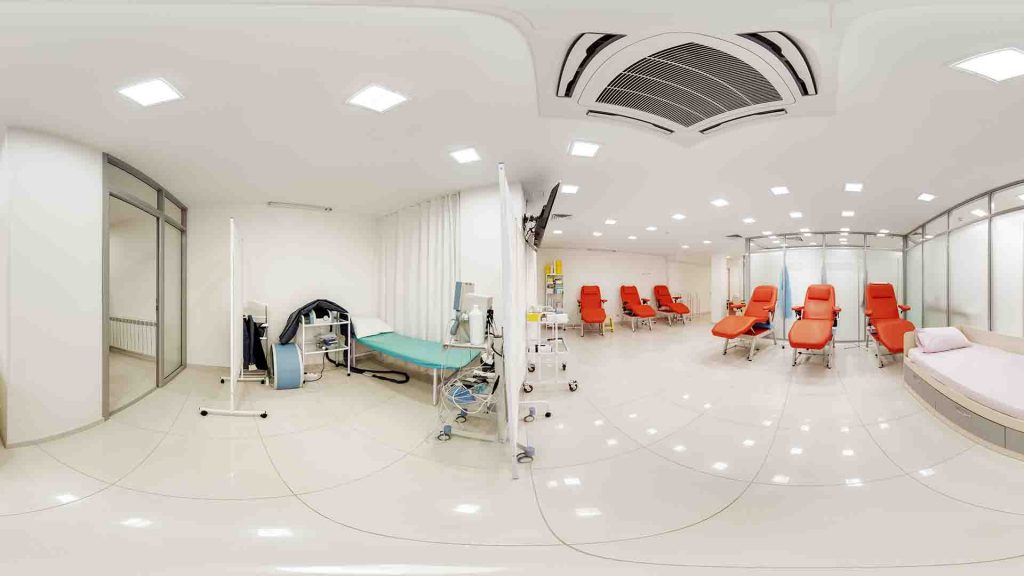
From Observation to Embodiment: The Transformation of Career Exploration
Traditional career exploration relies heavily on observation and imagination:
- Reading about careers in books
- Watching videos of professionals
- Listening to guest speakers
- Shadowing workers for a day
While valuable, these approaches maintain a clear boundary between the child and the profession. The child remains an observer looking in from the outside, trying to imagine themselves in that role.
Virtual reality dissolves this boundary through what researchers call “presence”—the subjective feeling of being in a virtual environment that feels authentic despite the user knowing it’s computer-generated.
Dr. Giuseppe Riva, a leading researcher in VR psychology at the Catholic University of Milan, identifies three critical dimensions of presence that make VR career exploration transformative:
- Spatial presence: The feeling of physically being in the professional environment
- Social presence: The sense of interacting with other professionals and clients
- Self presence: The experience of the virtual professional identity becoming temporarily integrated with one’s self-concept
When these three dimensions of presence activate simultaneously, children don’t just learn about a career—they try it on like a second skin.
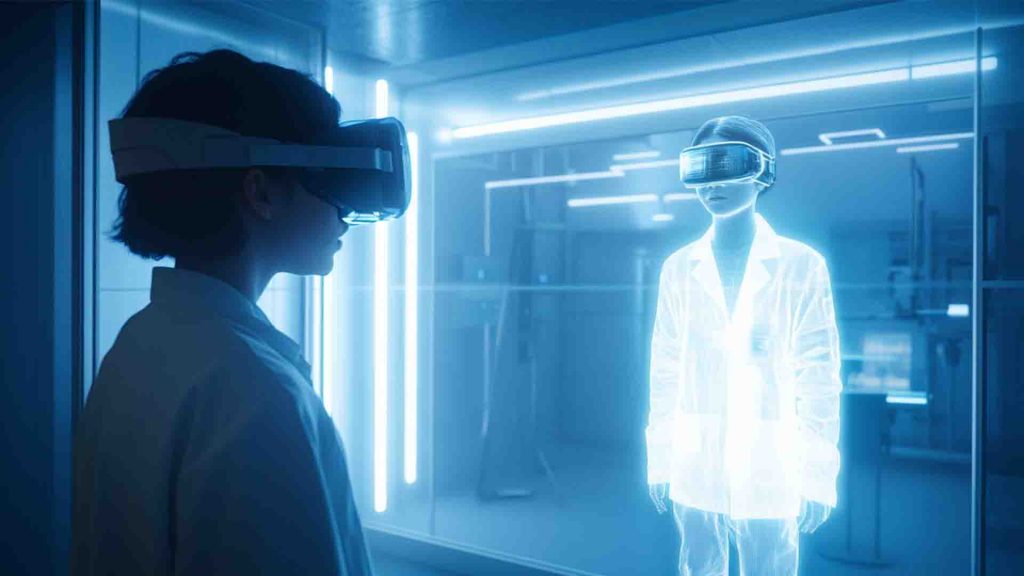
Case Study: The Einstein Effect in Career Exploration
The compelling potential of virtual embodiment was dramatically demonstrated in research conducted at the University of Barcelona. In what’s now known as the “Einstein Effect” study, participants who virtually embodied Einstein showed measurable increases in cognitive performance and decreases in unconscious age bias.
This research points to a fascinating possibility: when children virtually embody professionals in fields they hadn’t previously considered accessible, it may reduce implicit biases about who “belongs” in those roles.
Early trials with middle school students in historically underrepresented groups showed promising results. After virtually embodying scientists, engineers, and healthcare professionals through immersive careers VR, students demonstrated:
- Increased belief in their ability to succeed in these fields
- Greater interest in STEM subjects
- More detailed and concrete future vocational planning
- Reduced stereotype-based limitations in career consideration
Research on virtual reality and possible selves theory suggests that VR allows children to temporarily experience their potential future selves, building a strong psychological link between their present identity and future goals.
From Career Day to Career Dimensions
Traditional career days often reduce complex professions to their most visible elements. A doctor wears a white coat. A firefighter shows equipment. Students collect brochures and trinkets.
VR career exploration expands this flattened representation into a multidimensional experience. Students don’t just learn what professionals do—they experience how it feels to:
- Solve the unique problems of each profession
- Interact with colleagues and stakeholders
- Make decisions under realistic constraints
- Experience both challenges and rewards
- Connect their work to broader purpose
Dr. Jakki Bailey, who studies children’s interactions with immersive technology at the University of Texas at Austin, finds that this multidimensional exposure helps children develop more nuanced and accurate understandings of professions. “VR helps children move beyond stereotypical perceptions of careers to understand the authentic textures of professional life,” her research concludes.
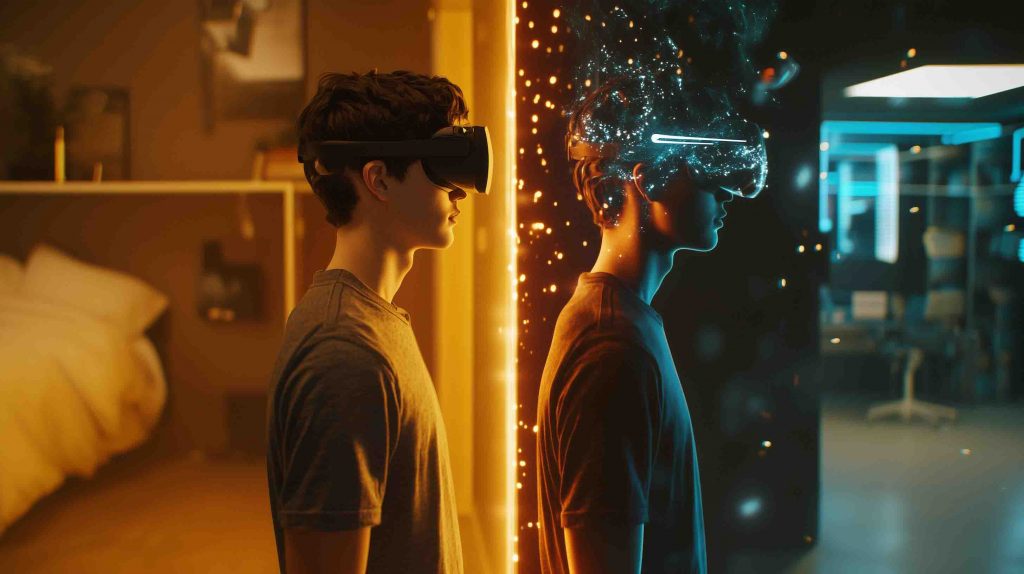
The Four Dimensions of Immersive Career Exploration
Research in educational VR has identified four key dimensions that make career exploration in virtual reality particularly powerful:
1. Emotional Engagement
Multiple studies in affective neuroscience show that emotions act as “fixatives” for memory. Career VR leverages this by creating emotionally resonant scenarios—the tension of performing a delicate procedure as a surgeon, the satisfaction of seeing a building you designed come to life as an architect, or the wonder of making a scientific discovery.
These emotional anchors create powerful associations with career paths that static information cannot achieve.
2. Contextual Understanding
Traditional career education often struggles to convey the contexts in which professionals work—the physical environments, social dynamics, and workflow rhythms.
VR excels at creating these contextual frameworks. Research by Dr. Chris Dede of Harvard University demonstrates that contextual learning in immersive environments leads to significantly better transfer of knowledge to real-world situations.
3. Risk-Free Experimentation
Psychologists specializing in career development have long identified fear and uncertainty as significant barriers to career exploration. VR creates what researchers call a “psychological safety zone” where children can try roles without fear of failure or judgment.
This safety unleashes curiosity and willingness to explore paths that might otherwise seem too intimidating or unfamiliar.
4. Identity Projection
Perhaps most powerfully, VR facilitates what developmental psychologists call “identity projection”—the ability to temporarily experience a different sense of self.
Dr. Mel Slater’s work on the “Proteus Effect” shows that even brief embodiment of different avatars can influence self-perception and behavior. When children virtually embody professionals, they often experience shifts in their sense of possibility and belonging within those roles.
The Future of Career Exploration
As VR technology continues to advance, the possibilities for career exploration expand dramatically. Some emerging developments include:
Longitudinal Career Journeys
Rather than offering static snapshots of professions, newer platforms are creating developmental progressions that let students experience how careers evolve over time—from entry-level positions through advanced specializations.
Personalized Pathway Mapping
AI-enhanced VR systems can observe student engagement, decision patterns, and performance during virtual career missions, then suggest personalized exploration pathways based on demonstrated strengths and interests.
Hybrid Reality Integration
The most cutting-edge approaches combine virtual experiences with real-world connections, creating hybrid learning journeys where students can follow virtual career exploration with mentoring relationships, targeted skill development, and community-based experiences.
Conclusion: Telepresence as the New Career Literacy
In a world of accelerating change, traditional career education—based on job titles and static descriptions—increasingly falls short. Tomorrow’s professionals will need to navigate continuous transformation, frequently recombining skills into newly emerging roles.
Virtual reality offers a new approach to career literacy—one based not on memorizing requirements for existing jobs, but on experiencing the underlying purposes, challenges, and satisfactions of different types of professional engagement.
When children can temporarily become marine biologists, urban planners, renewable energy engineers, or healthcare innovators through carefully designed telepresence experiences, they develop something more valuable than knowledge about specific careers. They build an experiential library of possible futures—a collection of lived impressions that can guide their ongoing journey of discovery.
The question is no longer just “What do you want to be when you grow up?” but “Who have you experienced becoming?”
For a generation that will shape a world we cannot yet imagine, this embodied career literacy may be the most valuable preparation we can provide.
How do you think virtual career exploration might complement traditional approaches? Share your thoughts in the comments below.







